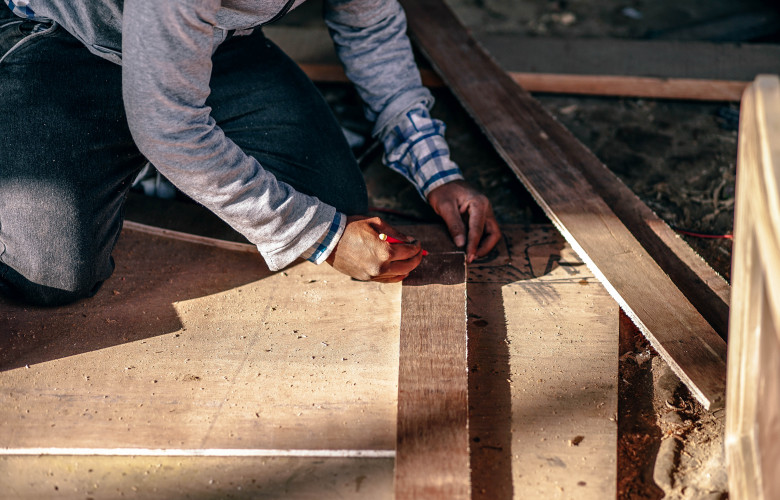Building approvals rose strongly in November
Contact
Building approvals rose strongly in November
Building approvals rebounded in November, but the underlying trend remains soft.
The number of new building approvals rose strongly in November, particularly for apartments.
New dwelling approvals rose 7 per cent during the month, but the result followed an 11.8 per cent decline in October. The November result was only the second gain in the last seven months, according to Craig James, chief economist CommSec.
Housing Industry Association senior economist, Shane Garrett, said, “November was a particularly good month on the multi-unit side of the market with approvals increasing by 17.3 per cent during the month, following a big fall in October.”
“Detached house approvals declined slightly by 0.4 per cent during November. However, over recent months the detached house side of the market has been considerably more stable than multi-units," he said.
Garret said 2016 was a record-breaking year for apartment construction, and the bounce in approvals indicates strong levels of construction will continue to buoy the economy.
“The year 2016 was a record one for new dwelling commencements and this will ensure that the volume of residential building activity remains elevated over much of 2017,” he said.
“However, we anticipate that new dwelling starts will decline over the next 12 months, with this likely to be felt on the ground towards the end of this year,” concluded Garrett.
Matthew Pollock, Master Builders Australia's national manager - housing welcomed the result, but warned of the weaker underlying trend.
“The uptick in dwelling approvals in November 2016 is welcomed by Master Builders. However, the fall in dwelling approvals in NSW and Victoria is a growing concern. In trend terms, dwelling approvals in NSW and Victoria fell by 4.3 per cent and 2.5 per cent respectively. This adds to five straight months of falling dwelling approvals in NSW and six straight months of falling dwelling approvals in Victoria,” he said.
“With high population growth expected in Sydney and Melbourne, and persistently high house price growth and auction clearance rates over the past couple of months, it is important that residential building activity keeps pace with underlying demand," said Pollock, warning that if construction does not remain strong, affordability will continue to deteriorate in Sydney and Melbourne.
“Double digit house price growth in some parts of Sydney and Melbourne in 2016 and persistently high auction clearance rates suggests demand is still high, making the supply of new houses key to bring price growth back to more sustainable levels," said Pollock.
Pollock said the Western Australian result was good news.
“Dwelling approvals in Western Australia recorded a third straight month of growth, in trend terms. The latter is a welcome reversal of fortunes after almost two years of month-on-month declines in dwelling approvals in Western Australia since 2014. A sustained improvement in dwelling approvals during the latter half of 2016 supports a more positive outlook for residential building activity in Western Australia in 2017,” he said.
The November 2016 results were as follows:
- Western Australia (+24.4 per cent)
- Victoria (+9.4 per cent)
- South Australia (+7.1 per cent)
- Tasmania (+5.2 per cent)
- NSW (+5.1 per cent)
- Queensland (-4.6 per cent)
- NT (-5.1 per cent)
- ACT (-3.4 per cent).
See also:
Large states see big falls in building approvals
Apartments to bear the brunt as housing comes off a record peak, HIA





